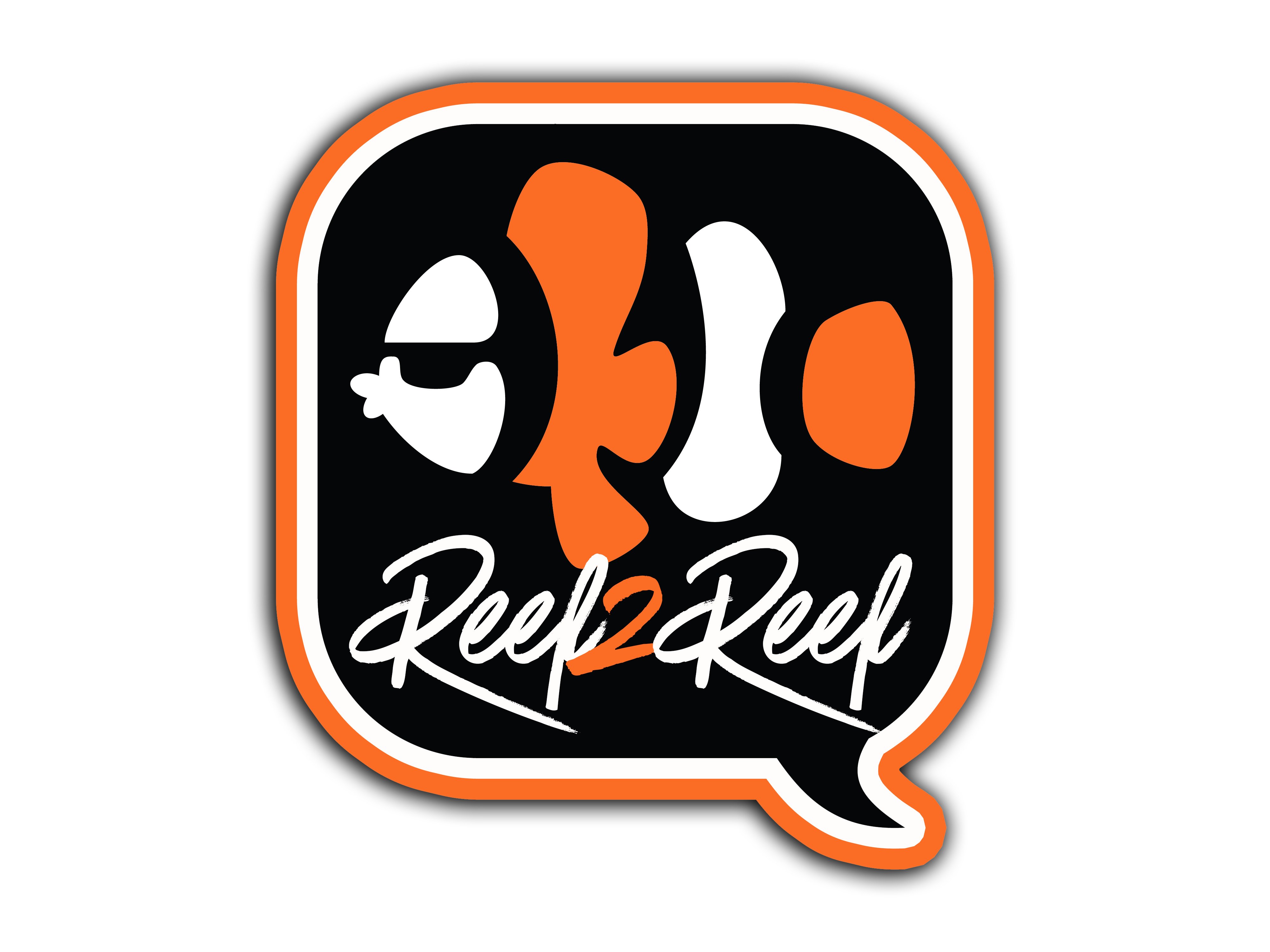Introduction
Hello! As the title suggests, this is my first reef tank. I'll use this post primarily to document the aquarium's progress over time. I'll share what I'm doing and learning, hoping it might help someone along the way.I studied aquaculture, and I already have a densely planted freshwater tank and a blackwater tank for some exotic bettas. This is my first attempt at a saltwater tank and working with corals, so expect a few mistakes here and there. I’ll also share my experiences to get feedback from more experienced reefers like you.
Why Such a Small Tank for My First Saltwater Setup?
I wanted to start small for several reasons:- Budget: I aimed for something affordable but visually appealing.
- Space: My available space was limited, and I decided to repurpose the space used by a 10-gallon freshwater tank I dismantled.
- Focus: I’m not interested in keeping fish at the moment, so a smaller volume seemed more manageable.
- Aesthetics: I wanted a compact, aesthetically pleasing setup starting from the tank itself.
What Are My Expectations for This Tank?
My goal is to create a healthy tank full of soft and beginner-friendly LPS corals. I envision a vibrant, dynamic, and visually engaging aquarium.Tank and Equipment
Tank:
- Imagitarium Frameless Freshwater Aquarium Kit, 6.8 GAL
Equipment:
- Aquaneat 265 GPH Submersible Water Pump
- Hygger Smart Mini 50W Heater
- Useek AT-200 ATO
- Hygger HG088 30W Light
- Fluval 0.3 G Breeding Box (Refugium)
- Light included with the tank kit (for refugium)
Salt:
- Reef Salt Plus
Substrate and Aquascape:
- CaribSea Arag-Alive Fiji Aquarium Sand, 10 lbs (Pink)
- Moani Dry Rock, 5 lbs
Backsump Setup
The tank includes a spacious backsump with mirrored chambers for the two water inlets, both connecting to a central return chamber.- Filter Media:
- Stock sponges included with the kit.
- Added filter floss and ceramic rings in one chamber.
- Pump Upgrade:
The included pump (160 lph or 42.2 gph) seemed underpowered for the tank’s 6-gallon volume. I upgraded to an Aquaneat 265 GPH pump, but it was so strong that it disturbed the sand bed. I reduced the flow to its minimum and pointed the outlet upward, though this occasionally caused minor splashes. - Heating and ATO:
The return chamber houses both the heater and ATO sensor comfortably.
Refugium
I added a Fluval 0.3 G Breeding Box as a refugium to increase water volume and help manage nutrients. It fits well in the backsump with minor cable adjustments. I used the included tank light for the refugium and covered it with black cardboard to block excess light. Chaeto algae was added a few days later.Timeline
Day 1 (12/21/24):
- Set up the tank and prepared the water.
- Adjusted salinity to 33-34 ppt using a budget refractometer.
- Added Biodigest-Prodibio to seed beneficial bacteria (opinions on its effectiveness vary, but it seemed to work for me).
- Set the heater to 78°F and added an additional thermometer for accuracy.
- Ran the lights on a 6-hour cycle at low intensity (white and blue combined).
- Initially used a Hygger Mini Wave Maker (1600 GPH) but later removed it (details below).
Days 2–14:
- Installed the refugium, ATO, and other equipment as they arrived.
- Reduced pump flow and added sponge to lid edges to dampen noise.
- Fed a pinch of fish flakes every 2-3 days and monitored nitrogen compounds (ammonia, nitrite, nitrate) using an API test kit.
- By Day 10, nitrogen levels stabilized near zero, and I increased feeding frequency.
- Observed uneven sand distribution due to flow; removed the wave maker and rearranged the sand.
Day 15:
I visited a nearby city with marine aquarium stores to buy supplies (coral dip, glue, test kits) and couldn’t resist picking up:- Corals: Duncan, Acan, Zoas, Organ Pipe Coral, and a live rock with Mushroom Corals.
- Clean-Up Crew: 3 Astrea Snails and 2 Nerite Snails.
- Chaeto algae for the refugium.
Increased light intensity and photoperiod to 9 hours/day and run the refugium light 24/7.
Day 16:
Corals showed healthy growth, with some extending further. Water parameters were stable:
- Salinity: 34 ppt
- API Tests:
- pH: 8.2
- Ammonia: 0 ppm
- Nitrite: 0 ppm
- Nitrate: 0 ppm
- GH: 125.3 ppm (7)
- Calcium: 420 ppm
- Salifert Tests:
- Magnesium: 1305 ppm
- Phosphate: 0 ppm
Snails appear fine; Nerites hide in the rocks during the day and emerge at night, while Astreas stick to the glass near the top.
For now, I’ll keep observing how the corals and other inhabitants are doing. In a few days, I’ll try feeding the corals. I’m also planning to wait until the additional corals arrive and then attach the ones that are already settled to the main rock.
I’ve been considering adding three Sexy Shrimp, but I’m still debating it.















